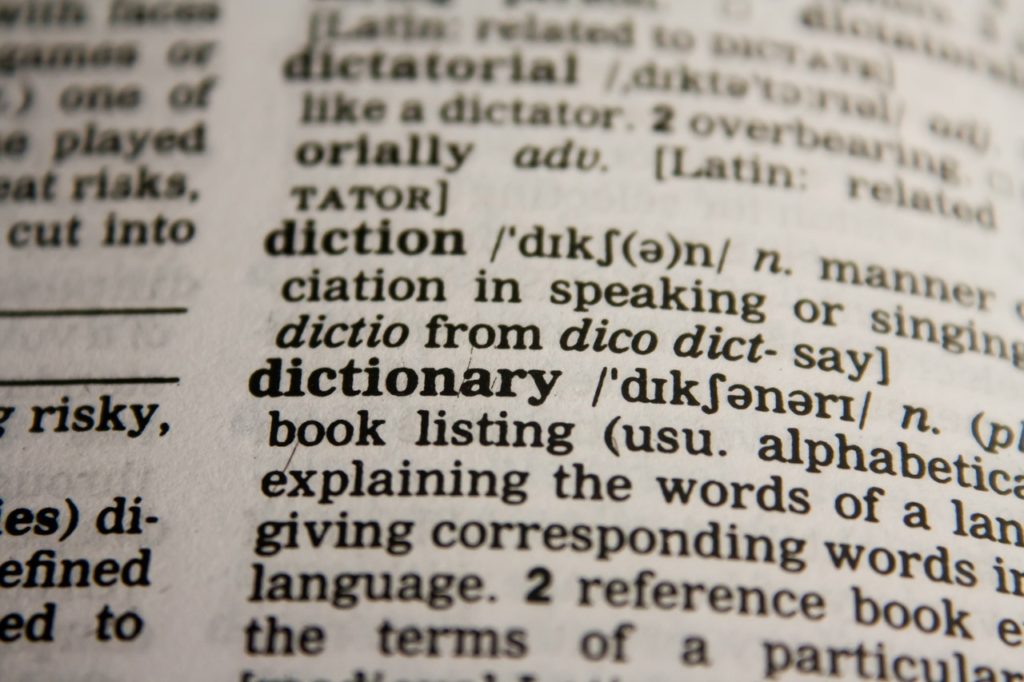New brand assets and logo
With a new brand comes a reinvented image, which is exactly what First Choice has done. Gone is the teal background once sported by the ‘the home of all inclusive’ to be replaced by a hot pink that isn’t adorned with stylised sun and beach motifs, but icons representing more active pursuits. There’s a mountain and a building, but interestingly, still a palm tree and some waves, which could nod to the brand’s past.
Bart Quinton Smith, managing director of First Choice, told The Drum: “It’s clearly not just in colours, fonts, logo and images. It’s about how we turn this idea into something that’s really clear and coherent for the whole business to get behind and that we communicate really clearly to consumers.”
Behind the scenes, marketing materials are being completely recreated, tone of voice documents circulated and style guides reviewed. These materials, which will be used to create brand assets going forward and influence all communications with the new audience, are essential in transforming the image of a heritage brand.




